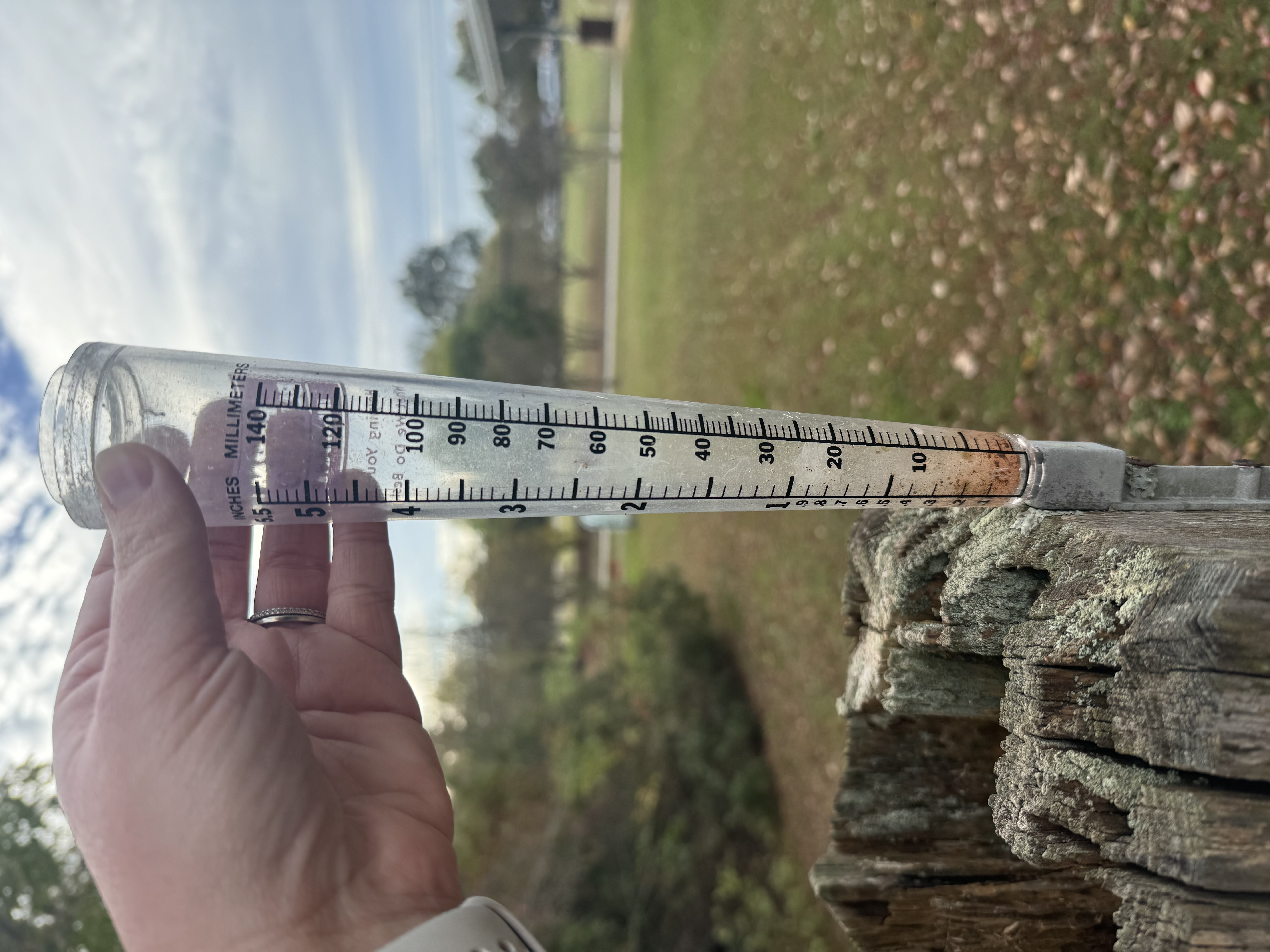Fall Water Woes: Dealing With a Fall Drought
go.ncsu.edu/readext?1038052
en Español / em Português
El inglés es el idioma de control de esta página. En la medida en que haya algún conflicto entre la traducción al inglés y la traducción, el inglés prevalece.
Al hacer clic en el enlace de traducción se activa un servicio de traducción gratuito para convertir la página al español. Al igual que con cualquier traducción por Internet, la conversión no es sensible al contexto y puede que no traduzca el texto en su significado original. NC State Extension no garantiza la exactitud del texto traducido. Por favor, tenga en cuenta que algunas aplicaciones y/o servicios pueden no funcionar como se espera cuando se traducen.
Português
Inglês é o idioma de controle desta página. Na medida que haja algum conflito entre o texto original em Inglês e a tradução, o Inglês prevalece.
Ao clicar no link de tradução, um serviço gratuito de tradução será ativado para converter a página para o Português. Como em qualquer tradução pela internet, a conversão não é sensivel ao contexto e pode não ocorrer a tradução para o significado orginal. O serviço de Extensão da Carolina do Norte (NC State Extension) não garante a exatidão do texto traduzido. Por favor, observe que algumas funções ou serviços podem não funcionar como esperado após a tradução.
English
English is the controlling language of this page. To the extent there is any conflict between the English text and the translation, English controls.
Clicking on the translation link activates a free translation service to convert the page to Spanish. As with any Internet translation, the conversion is not context-sensitive and may not translate the text to its original meaning. NC State Extension does not guarantee the accuracy of the translated text. Please note that some applications and/or services may not function as expected when translated.
Collapse ▲
The rain gauge at the N.C. Cooperative Extension, Chowan County Center office has not held any significant rainfall since October 1, 2024.
Rainfall in northeast North Carolina has not always been in our favor this growing season. Throughout the late spring and into summer, I received questions about many kinds of landscape and garden plants that had a myriad of issues. Many of these issues could, in some way, be traced back to stress on the plant caused by inconsistent moisture. We seem to be in that cycle once again as we make our way through the fall. According to the US Drought Monitor on November 6th, 2024, Chowan, Perquimans and parts of Gates counties are considered to be in a moderate drought. While many folks are wrapping up their garden activities for the year, it is important to consider the things in your landscape that could still be affected by this lack of moisture.
The top priority for watering right now in your home landscape should be any trees or shrubs you have planted this year or within the past two years. These types of plants may not be established yet and are the most vulnerable to major impacts from drought stress. If not irrigated, they will likely show their stress next spring. Other plants in your landscape to really consider irrigating are evergreens and valuable trees or shrubs (monetarily valuable or sentimentally valuable.) Evergreens lose water throughout the winter months so dry weather prior to the cold can contribute to additional needle loss. Hydrangeas and dogwoods are also not very tolerant of drought, so give them some additional care this fall.
While every growing season is different, it is important for you to consider how well your landscape can withstand less than ideal weather conditions. In eastern North Carolina, we are no stranger to drought and also no stranger to heavy rainfall and saturated soils. When choosing new plants for your landscape, consider species that are more resilient to these environmental stressors. Visit the NC State Gardener Plant Toolbox to check out plants that can hold their own during adverse weather conditions and other challenges.



